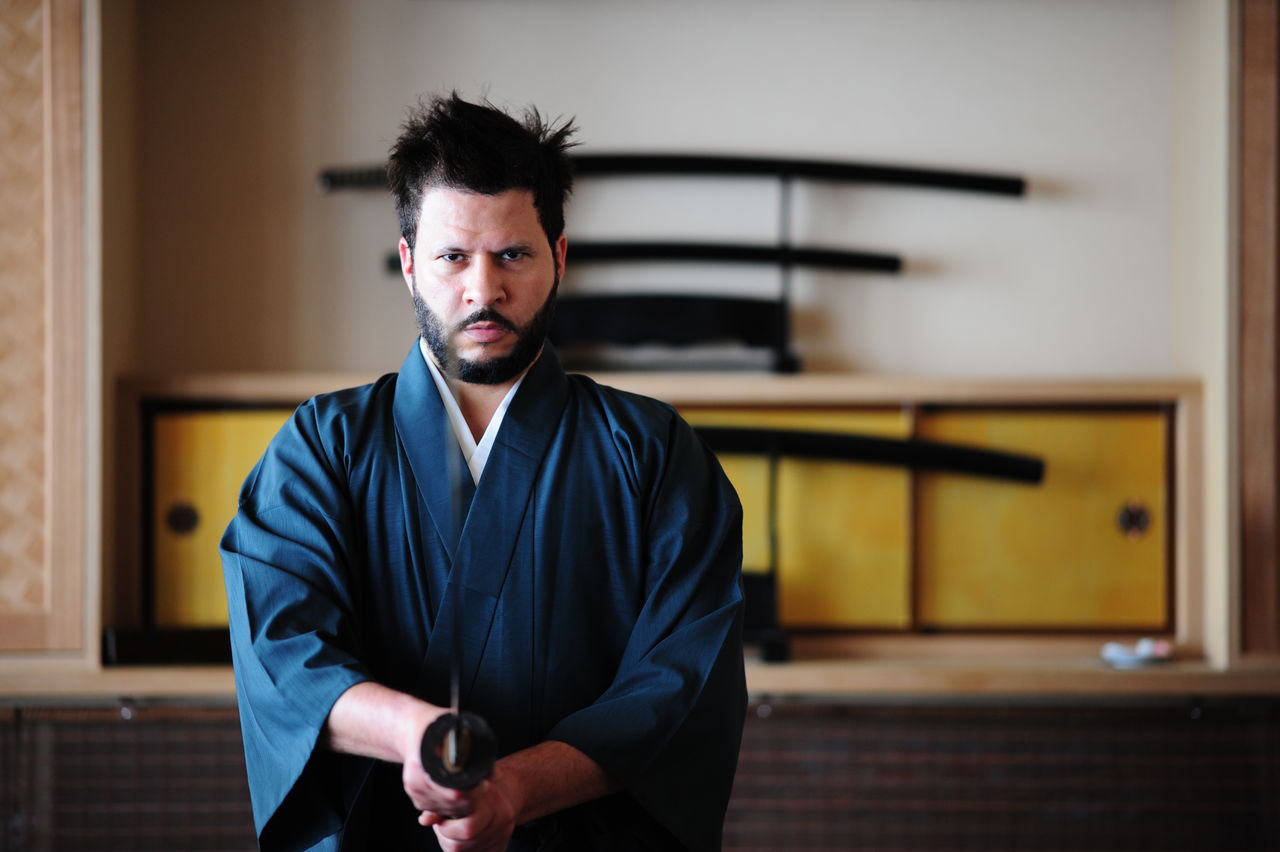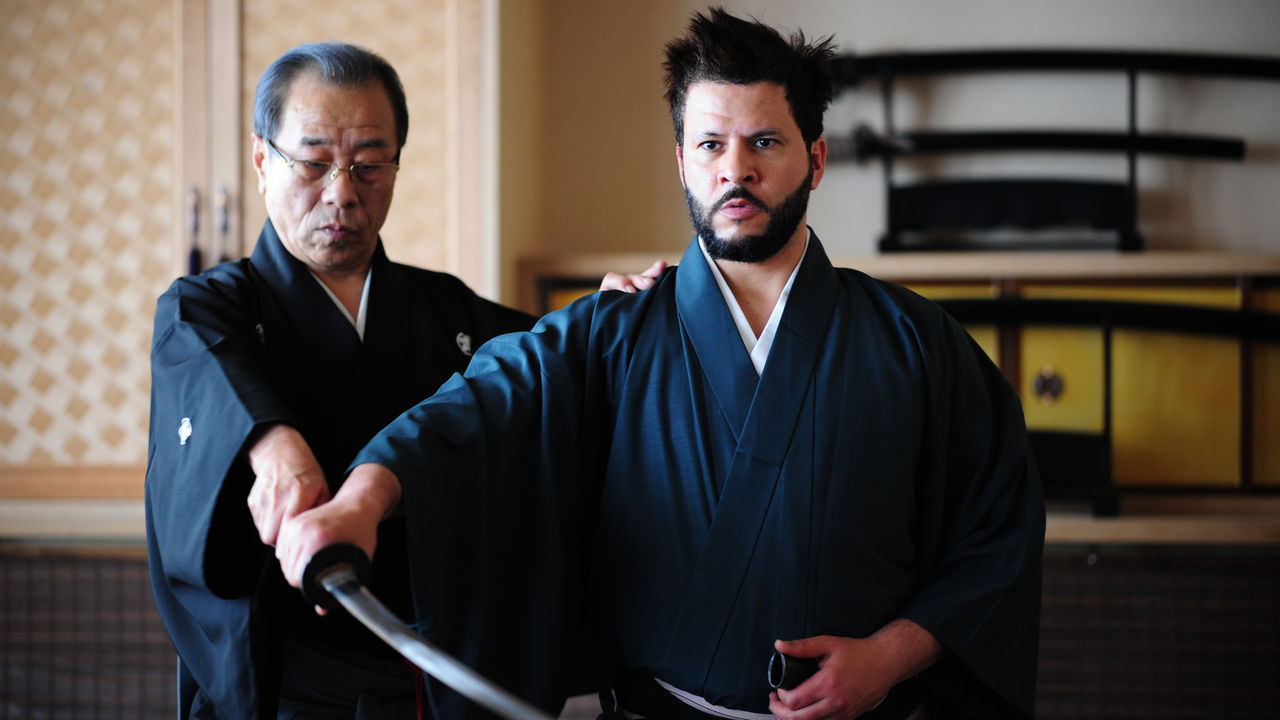
Experiencing the Essence of Samurai Swordsmanship at Hisui Tokyo
JapanIn video
Guide to Japan- English
- 日本語
- 简体字
- 繁體字
- Français
- Español
- العربية
- Русский
The Art of the Assassin
Battōjutsu, also referred to as iai or iaijutsu, is a martial art focused specifically on quickly drawing the sword from its sheath in preparation for combat or to ward off an attack. Movements must be instantaneous, yet smooth and controlled. Skillful battōjutsu has often been likened to the lightning speed of a flying projectile and was an art particularly favored by assassins in the violence and confusion of the Tokugawa shogunate’s final years.
“Samurai sword fights usually ended in seconds. Combatants didn’t wave their sword around like is often shown in the movies. That would only have left the sword blade pitted and useless. Learning how to draw a sword for instant action is a practical skill that will help you to understand the real samurai spirit,” says Kaito Suiju, master of the Hisui school of battōjutsu and instructor at Hisui Tokyo.
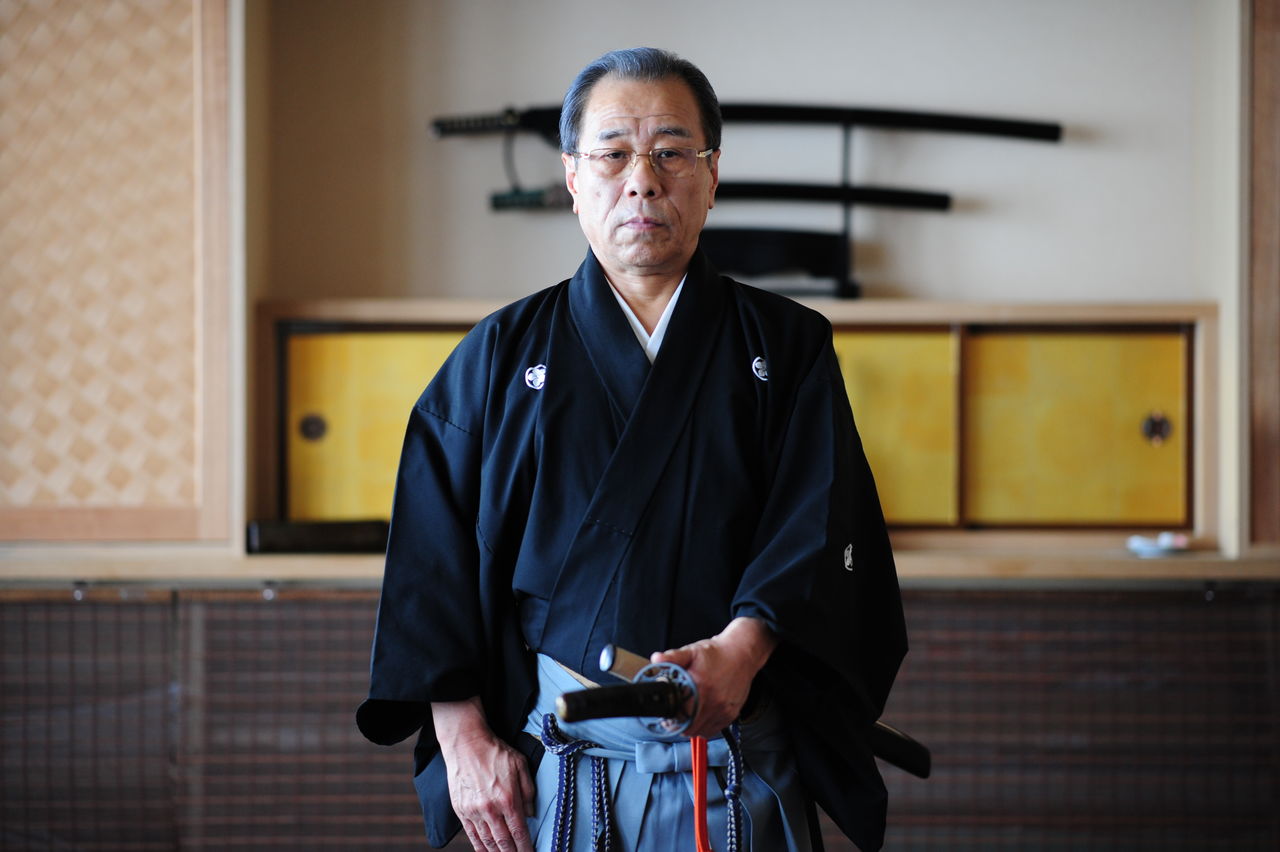 Kaito Suiju gives one-time lessons in battōjutsu as well as regular instruction to more than 50 students.
Kaito Suiju gives one-time lessons in battōjutsu as well as regular instruction to more than 50 students.
Located in the ritzy Ginza district, Hisui Tokyo offers one-time and regular lessons on how to wear a kimono, Japanese calligraphy, the tea ceremony, and battōjutsu. The one-time lessons provide unique insights into Japanese culture and are especially popular with tourists. Both men and women have shown a keen interest in battōjutsu as something that teaches samurai swordsmanship while improving concentration and providing an excellent way to stay in shape both physically and mentally. The martial art is also popular because it allows for a rare chance to handle a real Japanese sword and try one’s hand at cutting through a makiwara target made of rolled straw matting.
“We teach more than just how to use a Japanese sword,” says Kaito. “We teach the Japanese spirit of harmony and inner calm. The Japanese sword is infused with the samurai spirit, and the acts of drawing, taking aim, and sheathing the sword are an embodiment of that spirit.”
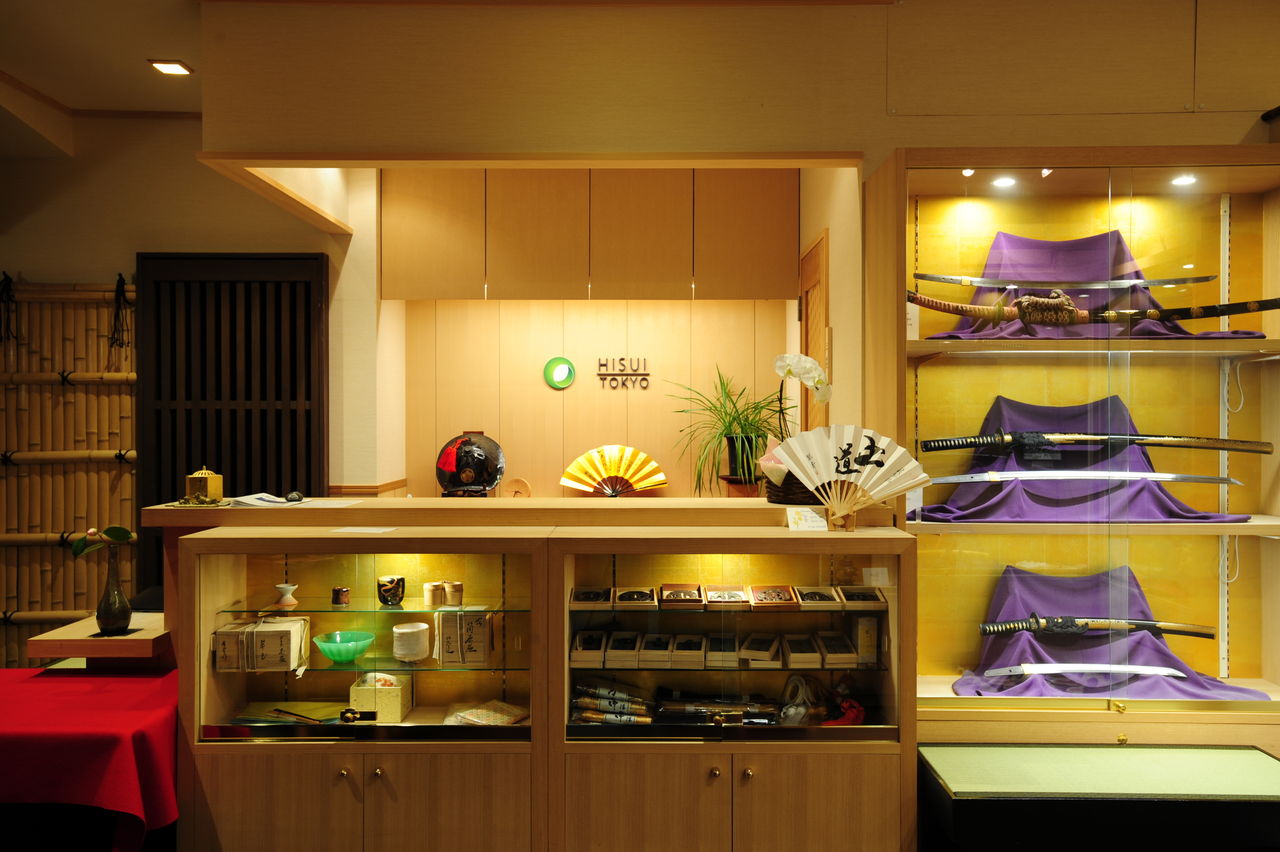 The entrance to Hisui Tokyo. Japanese swords are also available for purchase.
The entrance to Hisui Tokyo. Japanese swords are also available for purchase.
Lessons in the Art of Drawing the Sword
In the one-lesson battōjutsu workshop, you are first given a mock sword to practice the motions of drawing (battō), taking aim, and sheathing (nōtō). The highlight is when you are given a real sword to try your hand at cutting through a target made of rolled straw matting. For a more realistic experience, you are encouraged to wear a hakama, the traditional divided skirt worn over a kimono, which can be rented for an additional fee.
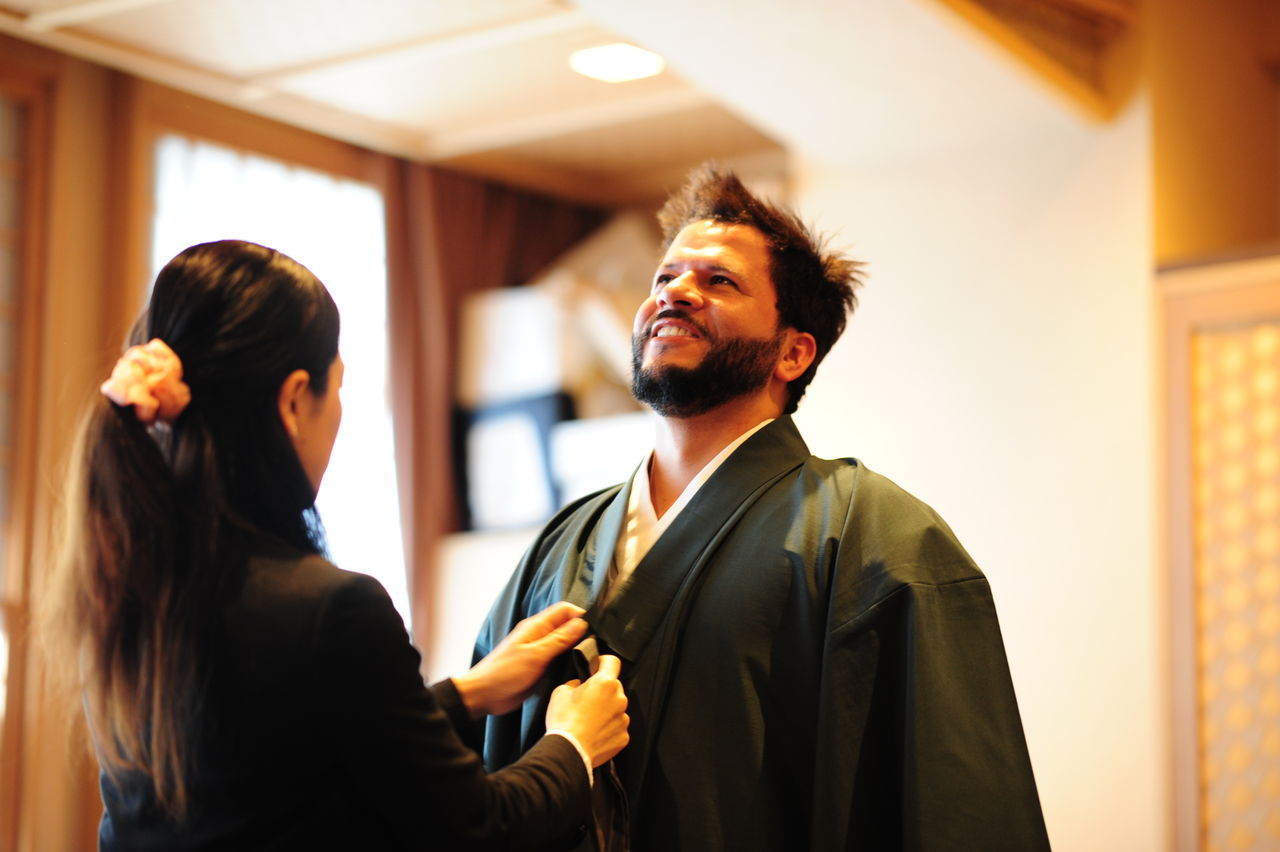 Nippon.com reporter Hassan dons a kimono and hakama in preparation for his battōjutsu lesson.
Nippon.com reporter Hassan dons a kimono and hakama in preparation for his battōjutsu lesson.
The lesson takes place in a full-fledged dōjō surrounded by papered sliding doors and with a kamidana altar on the wall. Kaito can give instruction in English as well as Japanese, a special boon for non-Japanese-speaking visitors.
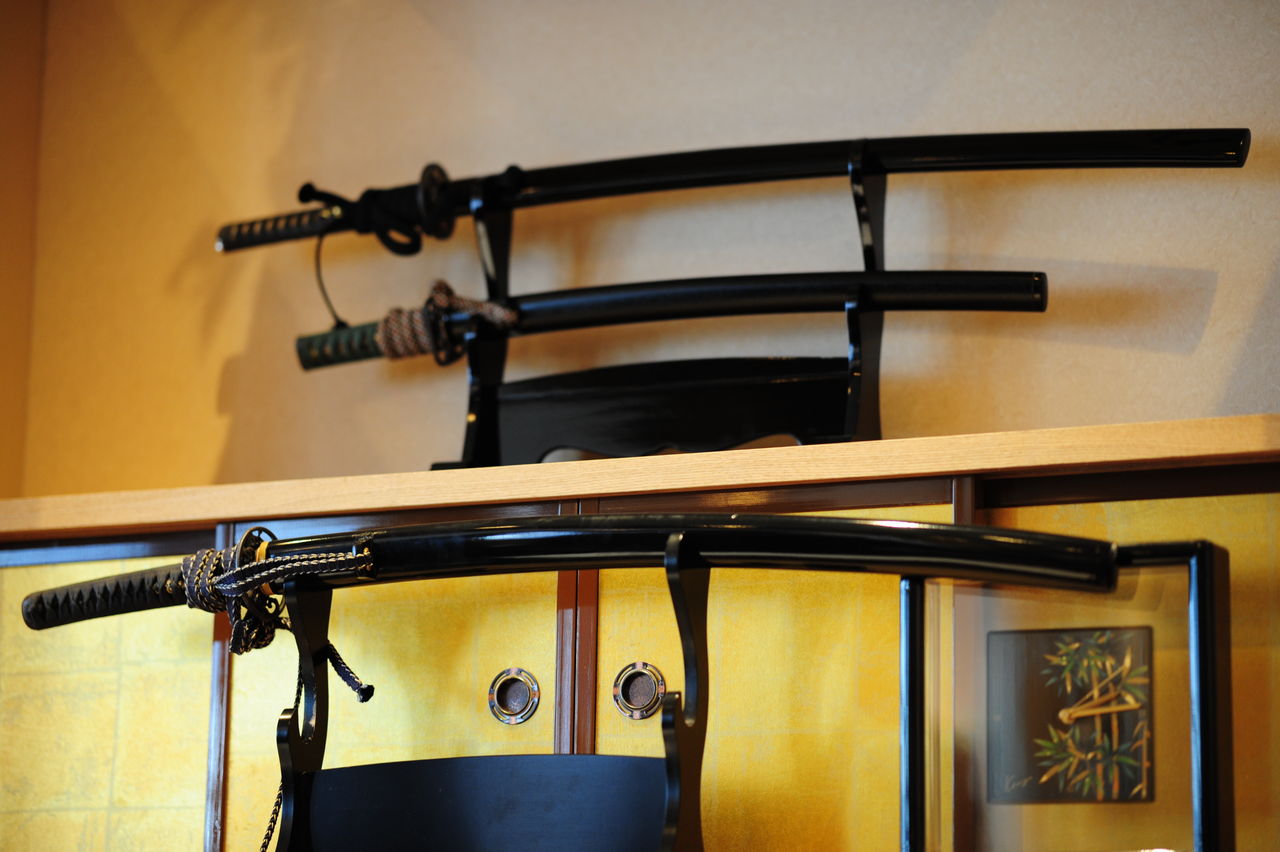 Real Japanese swords are on display in the dōjō.
Real Japanese swords are on display in the dōjō.
A Lesson in Manners, Posture, and Conduct
The lesson begins with ritualistic greetings. The primary objective is not so much swordsmanship as it is to experience the samurai spirit and aesthetics of a finely honed craft. The art of drawing, taking aim, and sheathing a sword starts from the initial greeting between master and pupil and only ends with the final calm, but alert, posture after the sword is sheathed.
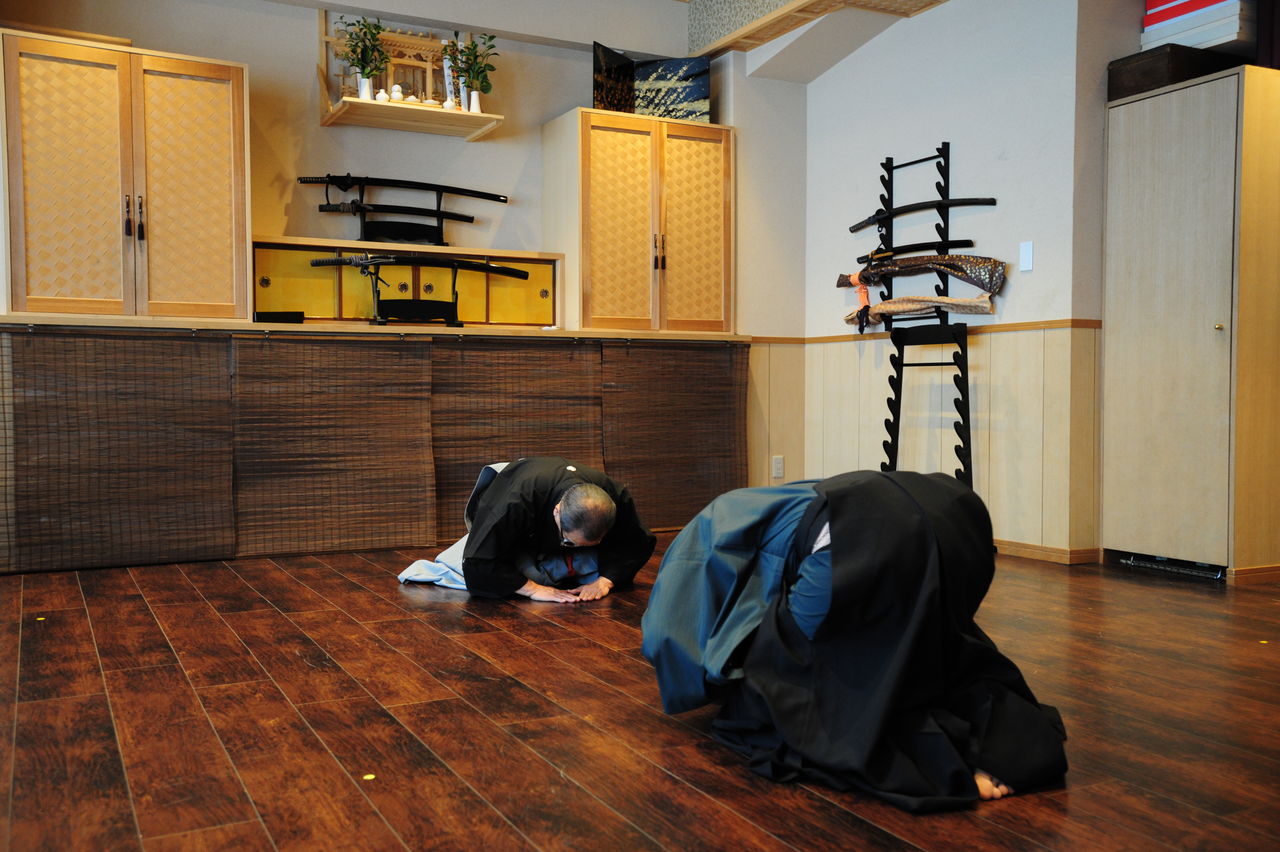 All Japanese martial arts begin and end with good manners. Master and pupil bow to each other before the lesson begins.
All Japanese martial arts begin and end with good manners. Master and pupil bow to each other before the lesson begins.
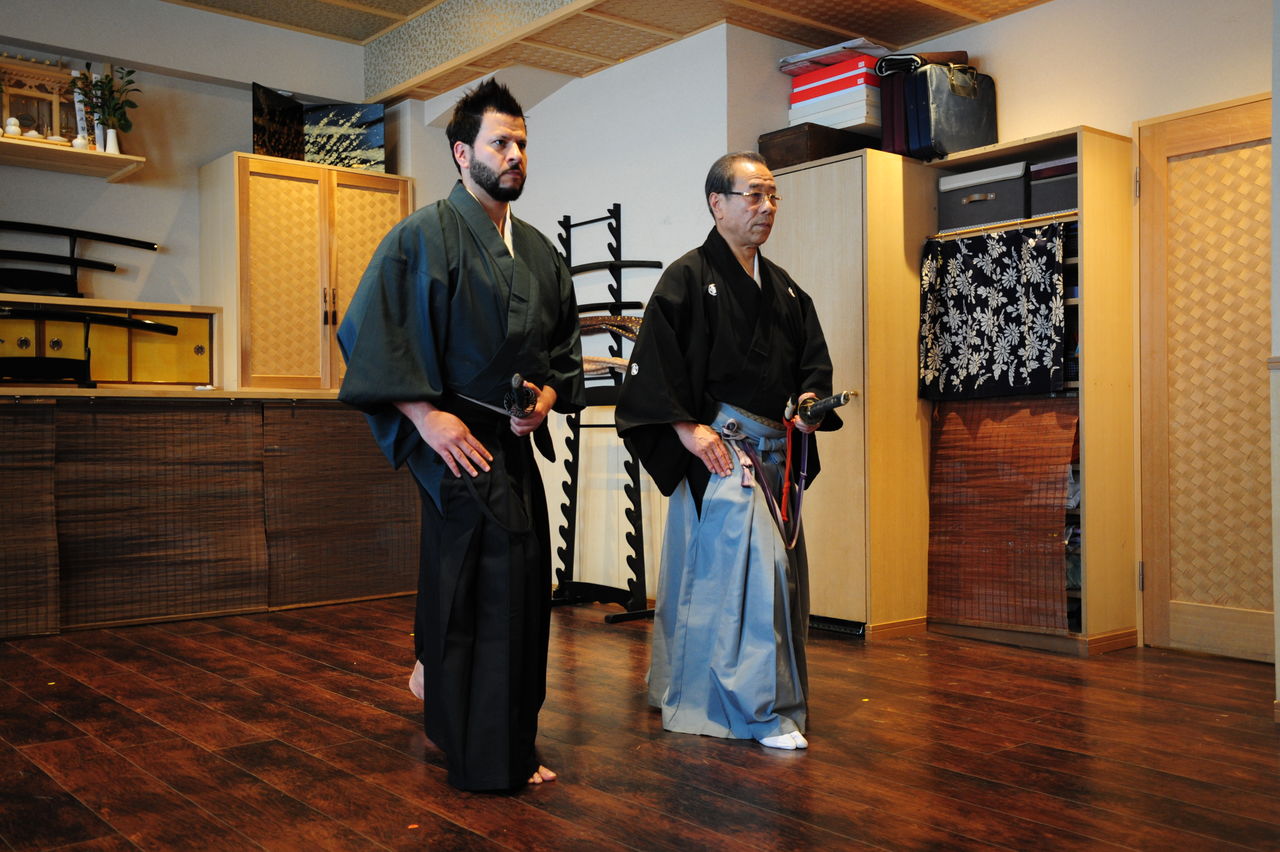 Practicing unsoku, the smooth, elegant walk of the samurai that brings to mind a gliding cloud.
Practicing unsoku, the smooth, elegant walk of the samurai that brings to mind a gliding cloud.
The next part of the lesson focuses on taking aim and swinging the sword up over your head. A mock sword with an aluminum alloy blade is used, but a real sword will be much heavier, and you must learn to keep your lower body centered and your feet firmly set in the iaigoshi pose, one leg forward and slightly bent at the knee. Take aim, swing up, and repeat. Take aim, swing up, and repeat.
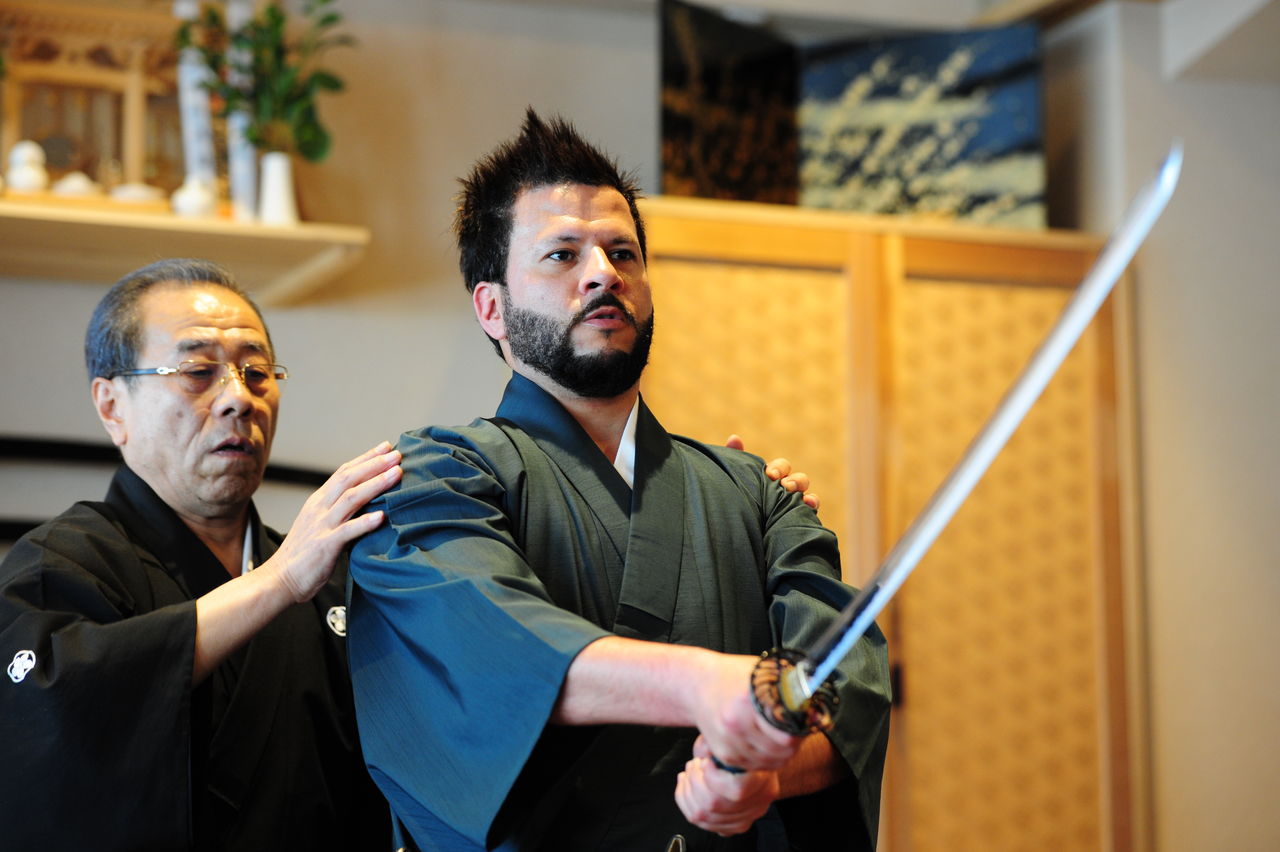 Fine-tuning the correct posture for taking aim.
Fine-tuning the correct posture for taking aim.
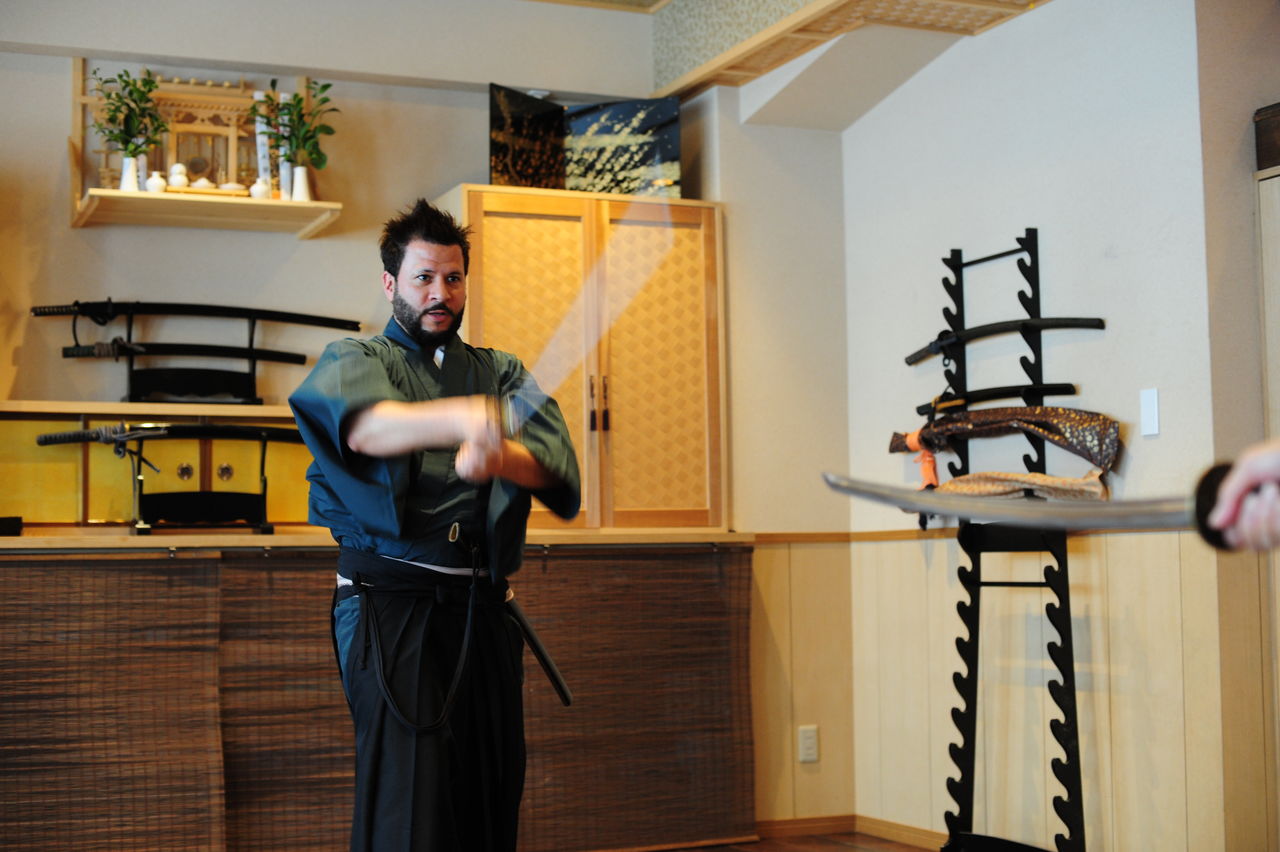 Working up a sweat with practice swings of the sword.
Working up a sweat with practice swings of the sword.
Once Hassan has gotten used to the mock sword, he is at last handed the real thing. A proper Japanese sword weighs more than 1 kilogram. It feels quite heavy in the hand after the practice blade, and care is required not to drop it. This time Hassan takes aim at a target made of rolled straw matting; the goal is to slash through the straw in one deft stroke.
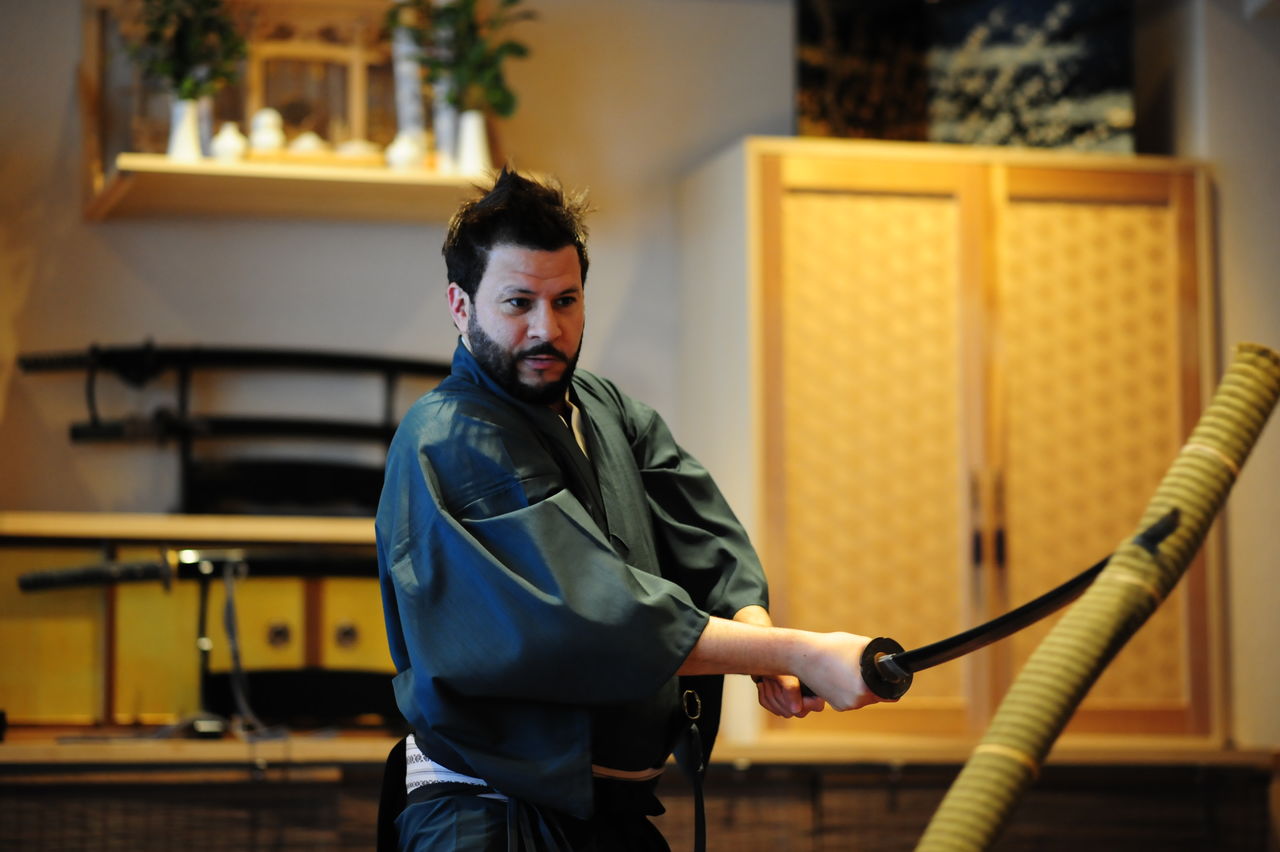 Hassan misses on the first try as the sword simply bounces off the target with a dull thud. He is successful the second time, however, as seen in the video.
Hassan misses on the first try as the sword simply bounces off the target with a dull thud. He is successful the second time, however, as seen in the video.
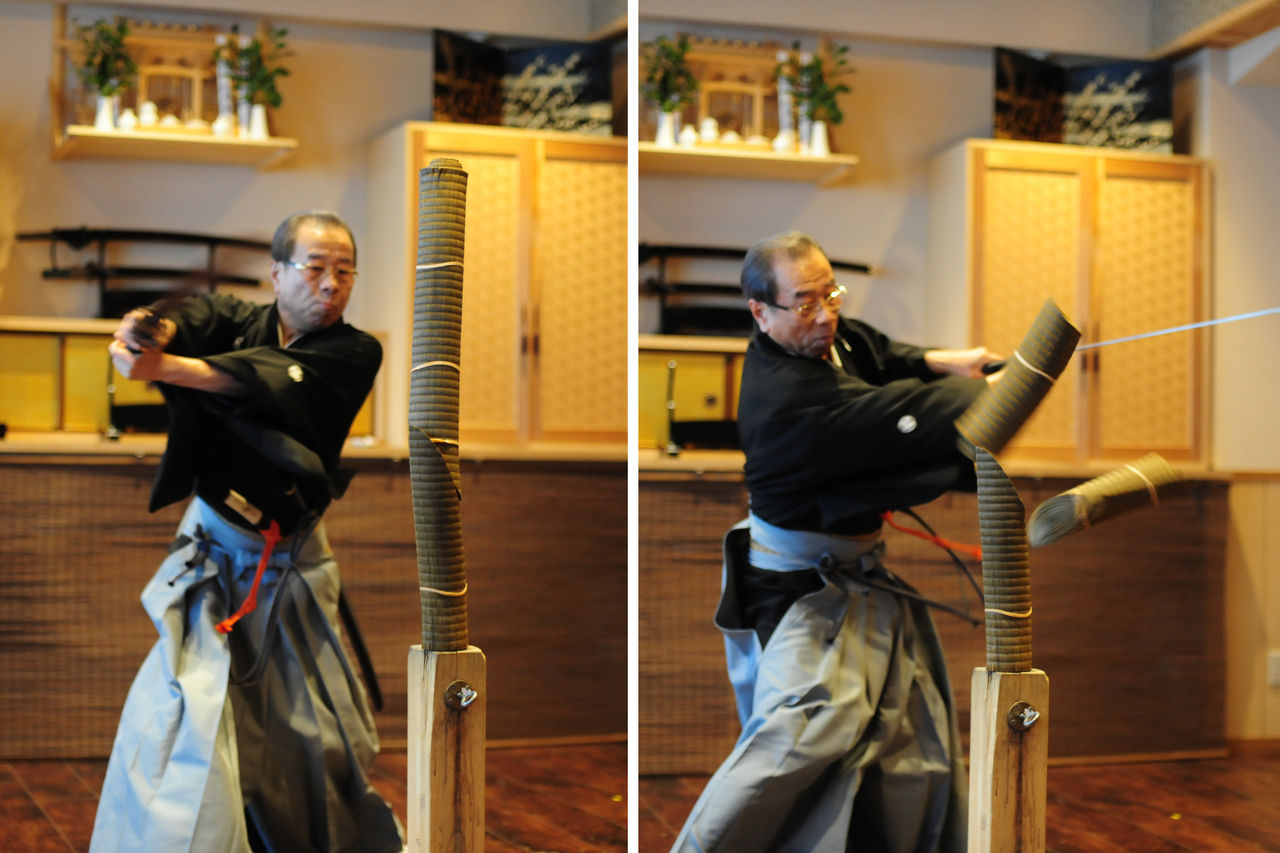 The master demonstrates how it is done, slashing upward to cut a piece from the target and then downward in a second swift stroke that splits the flying piece in half.
The master demonstrates how it is done, slashing upward to cut a piece from the target and then downward in a second swift stroke that splits the flying piece in half.
A Transforming Experience
At the end of the lesson we ask the master what it is that is so appealing about battōjutsu.
“I would say it is the feeling of harmony and inner calm that you get from going through the motions of the swordplay and the insight it gives you into the Japanese sense of beauty. In this respect, battōjutsu is much more than a sport. Every year I give this one-time lesson to around a thousand people. Without exception, their countenance changes after. They walk taller, seem more confident of themselves. I enjoy seeing this transformation and look forward to teaching many more people as we prepare for the Tokyo Olympic Games in 2020.”
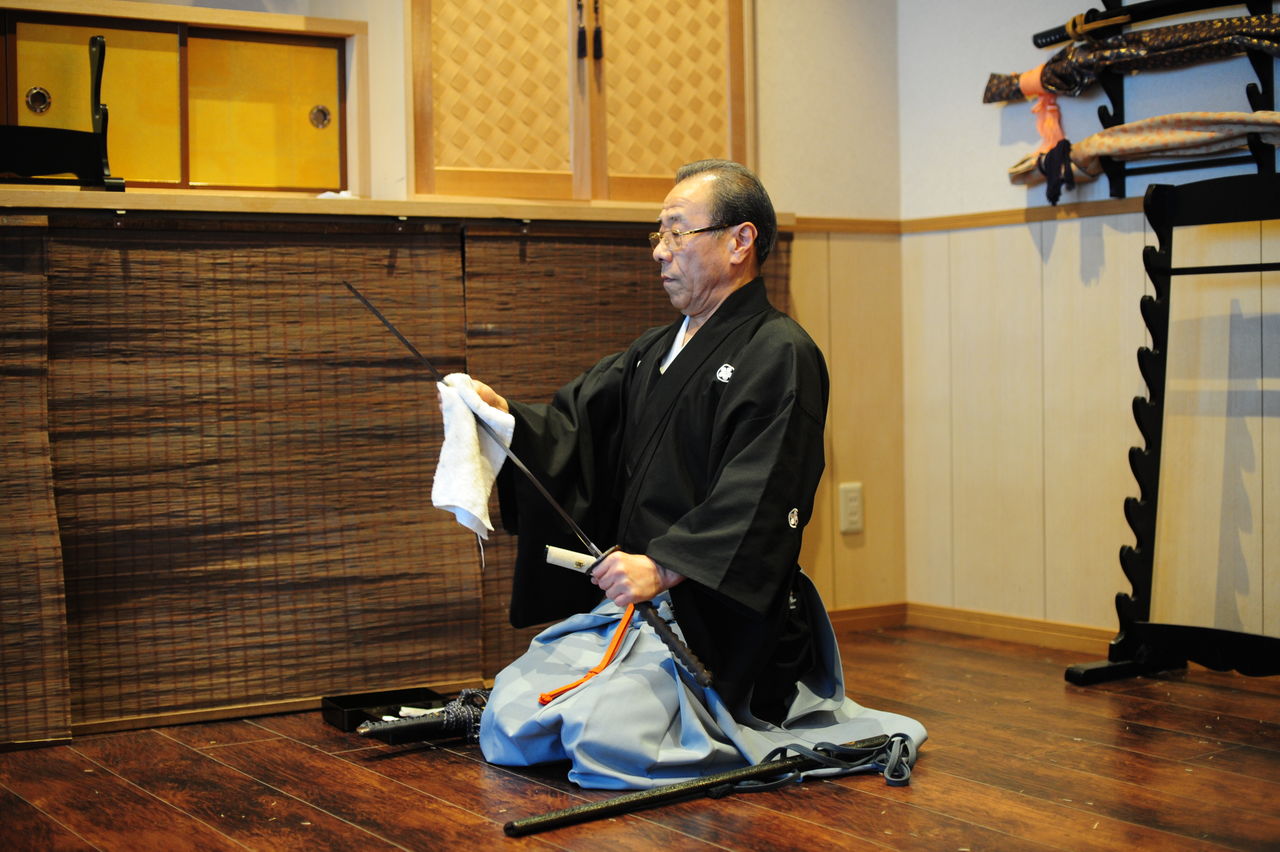 After every lesson, the master cleans the sword.
After every lesson, the master cleans the sword.
Hassan does indeed seem more resolute and confident at the end of the lesson. It would seem that in just one hour he has captured some insight into the essence of the samurai spirit.
Hisui Tokyo
- Address: Koizumi Building, 5th floor, 4-3-13 Ginza, Chūō, Tokyo
- Tel.: 0120-666-107 (reservations required)
- Hours: 17:30 to 20:30 on weekdays; 11:30 to 20:30 on Saturdays and Sundays; closed on Wednesdays
- Website: http://en.hisui-tokyo.com
(Originally published in Japanese. Reporting and text by Okamoto Mai. Photos by Katō Fumito.)
